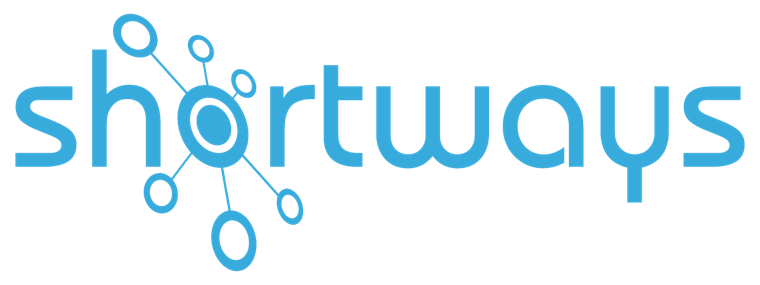The 70:20:10 model is not new! But thanks to the new technologies, it is easy today to follow it!

According to this model, learning is based on 3 different learning processes that are complementary:
– Formal training: 80% of organization’s training budgets is devoted to traditional learning but it only represents 10% of our learning!
– Informal training via the social interaction: 20% of our learning process is made thanks to social interactions: colleagues but also user support. Here is the dimension of Social Learning.
– Informal training via hands-on experience: it represents 70% of our training. The user learns by himself, manipulating the IT tool.
In this article, we make a focus on the 20% social interactions represent and more precisely on Social Learning.
But What is Social Learning?
Social Learning is a concept that allow people to share knowledge on a platform in a collaborative way.
Social learning (also called Collaborative Learning) is a method that focus on knowlegde sharing between people. There are different tools of Collaborative learning like mentoring, MOOC, collaborative intranet, LMS platforms…
Social learning is revolutionizing training. This collaborative approach allows to structure, collect and diffuse informal content between all the employees of a company.
This approach is affordable, easy to implement and efficient to capitalize knowledge inside the organization and diffuse it. The social learning completes traditional training! It is important to have a combination between formal and informal training and to propose different kind of training programm to users.
The social network is the most popular platform used for social learning (70% of the CAC 40 companies have one). It is probably thanks to the benefits it has in your organization.
First, it helps to develop a common corporate culture. Users, by using a corporate social network, get the impression to be part of a group and to have a common identity. Then, it allows users to know each other better and to create together: this kind of plateform allows people to communicate between each other even if they don’t know one another. As a result of their conversation, they can have common interest and so create together.
However, in only 5% of cases, the social network is widely used by the users in the organization. A poor percentage that reflects the bad appropriation of the corporate social network by the users. Moreover, most of publications are made by the Communication and Human Resources Departments. Data that make relevant the fact that some departments do not feel comfortable with corporate social networks.
So, how to make your corporate social network a key success factor for your organization?
– Define clear objectives: it is vital to define what are the main objectives of your social network deployment. By defining these objectives, the use of your social network will be better.
– Identify an ambassador in each department
– Make groups on the corporate social network: by department, by project, by software… Organize different groups to allow users focus on particular subject.
– Make the corporate social network attractive: publishing videos, post, events … Make the corporate social network efficient and attractive.
– Make users loyal to the social network: for example by installing challenges, or best commentator price… : Organizations should attract users and make them want to use the social corporate network by initiating things like challenges for example.
On the contrary, some practices can drive the project of social network to failure:
– No clear objectives and no rules : the corporate social network is dedicated to the people from a company and is a working space.
– The social network is not integrated into business processes.
Connect your corporate social network at the heart of your processes
As Magic Quadrant from Gartner Inc report suggests, market actors are focusing more on the integration of the corporate social network into business applications than on the new features development. This priority is made in order conversations and exchanges between employees integrate business processes.
Organizations are not looking for social networks like Facebook, they want social network that can be integrated into their business applications! For example, the social network Yammer, developped by Microsoft is integrated in Microsoft Dynamics CRM and to the Information Management System Microsoft SharePoint. Chatter is integrated to SalesForce CRM.
Social networks compete a lot on the market and to differentiate, they have to be able to integrate to business applications.…
A lot of organizations questioned: how to obtain a ROI with a corporate social network and how to do to increase users’ productivity ?
Most of the time, organizations install a corporate social network without having a clear objective and without analyzing the impact it brings to your organization. It is important to work with training experts and software editors to bring better training solution for your employees, in order your corporate social network provides an added value to your organization.
Thanks to the Shortways Virtual Assistant, you can connect your corporate social network directly with your business applications (CRM, ERP ..). In this way, you obtain the right information, at the right time. Shortways virtual assistant trains from an informal way users, by bringing information at the right time, when they need it, when they work. Furthermore, Shortways virtual assistant brings conversations that are on the social network. This allows to have a device that incorporate the social part and the learning part (by hands-on).
Sources :
http://www.groupe-acticall.com/fr/article/decouverte-social-learning


